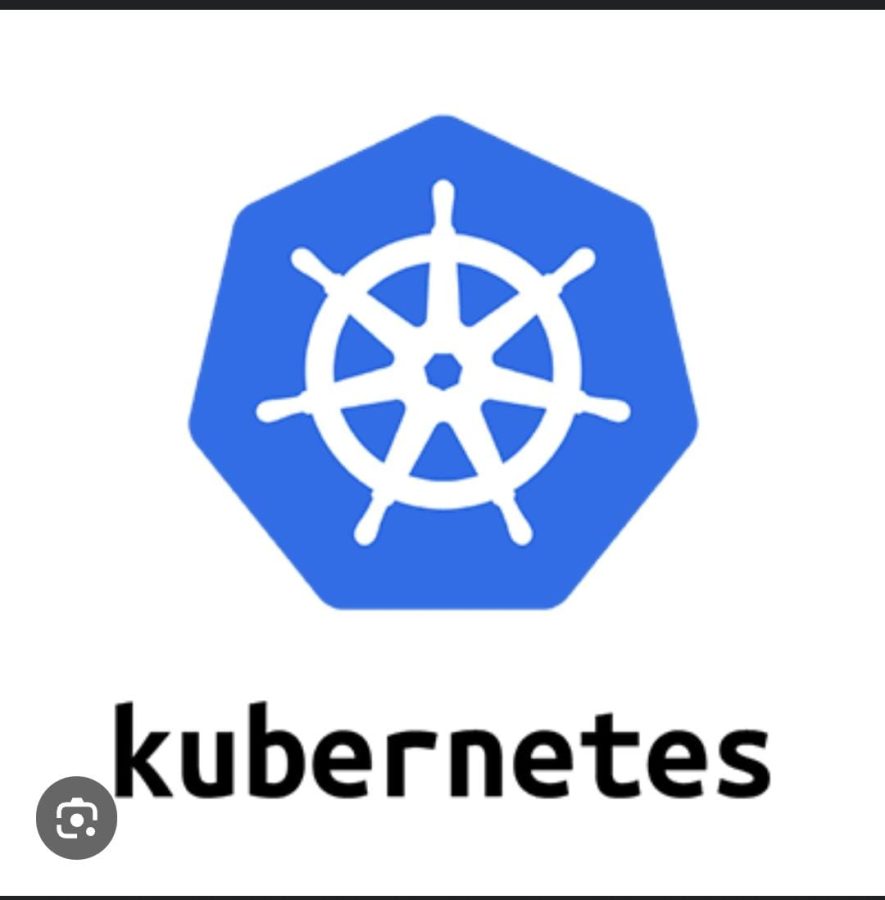Introduction
Kubernetes the Hard Way” is a popular hands-on tutorial by Kelsey Hightower that teaches how to install Kubernetes manually without using tools like kubeadm .Kubernetes is a powerful container orchestration system, but much of its complexity is hidden behind tools like kubeadm, mini kube, or managed services like Amazon EKS and Google GKE. These tools make setting up a cluster easy—but if you’re serious about understanding how Kubernetes really works, you need to go deeper.
This is where “Kubernetes the Hard Way”, a guide by Kelsey Hightower, becomes invaluable. It teaches you to manually provision a Kubernetes cluster, step-by-step, without using any CLI magic.
In this post, we’ll explore what Kubernetes the Hard Way is, why it’s important, and walk through the main concepts and steps it covers.
What Is “Kubernetes the Hard Way”?
“Kubernetes the Hard Way” (KTHW) is a hands-on guide that walks you through manually setting up a production-grade Kubernetes cluster on virtual machines (typically on Google Cloud, though you can adapt it to AWS, Azure, or even local VMs).
It covers:
-
Creating TLS certificates
-
Setting up etcd (the key-value store)
-
Bootstrapping control plane components (API server, scheduler, controller)
-
Configuring the kubelet and kube-proxy
-
Enabling networking between nodes
-
Deploying the Kubernetes dashboard or workloads
Goal: Build Kubernetes from scratch—no kubeadm, no managed services—just you, Linux, and raw commands.

Why Learn Kubernetes the Hard Way?
Even though tools like kubeadm and kops make cluster setup fast and easy, they hide a lot of complexity. Learning Kubernetes manually gives you:
Deep Understanding
-
You learn how each component works and fits together
-
You grasp TLS bootstrapping, service accounts, RBAC, and API interactions
Better Troubleshooting Skills
-
When something breaks in production, you’ll know where to look and why
DevOps Career Advantage
-
Employers highly value engineers who truly understand Kubernetes internals
Portability
-
You’re not tied to one cloud or tool; you can adapt clusters anywhere
Prerequisites for Kubernetes the Hard Way
To follow the guide, you need:
-
Basic Linux and command-line knowledge
-
Experience with cloud infrastructure (especially GCP)
-
Tools installed:
-
gcloud,kubectl,cfssl,openssl,wget,curl,ssh
-
-
A billing-enabled Google Cloud Project or equivalent environment
-
About 6–8 VMs (controllers, workers, load balancers)
Kubernetes Core Components
Let’s briefly understand the components you’ll set up manually.
1. etcd
-
A distributed key-value store
-
Stores all Kubernetes cluster state
2. kube-apiserver
-
Frontend for the Kubernetes control plane
-
Accepts REST requests from
kubectl, controllers, etc.
3. kube-controller-manager
-
Watches resources and takes actions (e.g., create pods if replicas < desired)
4. kube-scheduler
-
Assigns pods to nodes based on resource availability and affinity
5. kubelet
-
Runs on each worker node
-
Registers node and manages pods and containers
6. kube-proxy
-
Manages networking and IP forwarding rules for services
7. Container Runtime
-
Usually
containerdorDocker(KTHW usescontainerd)
Challenges
-
Time-Consuming: Expect 3–6 hours for a full setup
-
Error-Prone: One missing certificate or typo can break things
-
Troubleshooting Required: Often, no clear error messages
-
Cloud Dependency: Works best on GCP; others need adaptation
But that’s the whole point—by doing the hard work, you gain mastery.
Who Should Do Kubernetes the Hard Way?
-
SREs and DevOps engineers
-
Kubernetes administrators
-
Platform engineers
-
Security-conscious teams
-
Students and enthusiasts
If you use Kubernetes in production or want to contribute to its ecosystem, this guide is a must.
Conclusion
“Kubernetes the Hard Way” is not just a guide—it’s a rite of passage for anyone serious about Kubernetes. It reveals what lies beneath the abstractions of modern tools and shows you the raw components that keep clusters running.
If you’ve ever wanted to truly understand Kubernetes—not just use it, but master it—then take a weekend and go through the guide. It will challenge you, frustrate you, and ultimately transform your confidence and capability in managing Kubernetes.
Understanding Kubernetes Click Here
